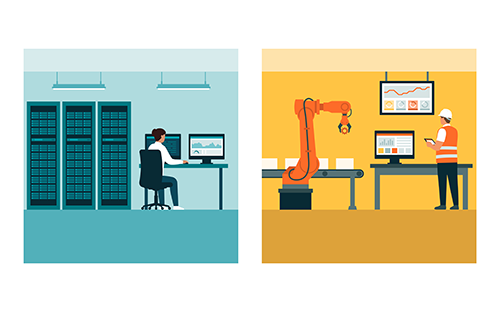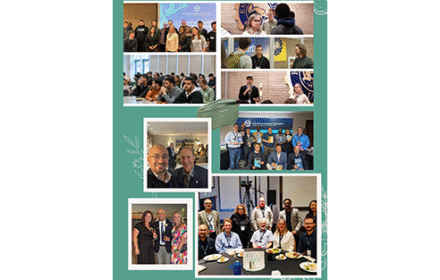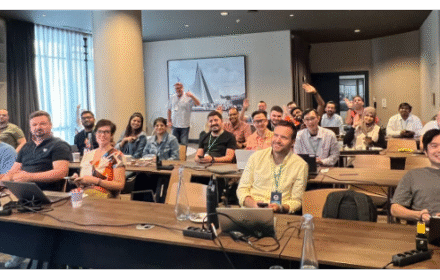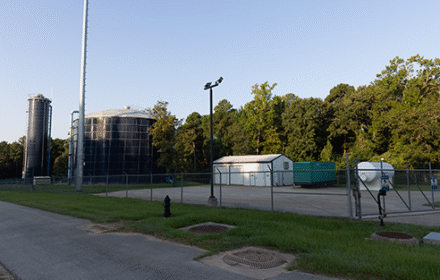
The Power of IT-OT Convergence in Driving Manufacturing Innovation
IT-OT Convergence: Transforming Manufacturing Efficiency and Innovation
Manufacturers worldwide are integrating IT and OT systems. This convergence creates significant competitive advantages. Companies achieve unprecedented operational efficiency and innovation capabilities.
Understanding IT-OT Convergence
IT-OT convergence bridges two traditionally separate domains. Information Technology focuses on data systems and strategic planning. Operational Technology controls physical processes and factory equipment. Together they create seamless information flow across organizations.
Market Growth and Industry Trends
Gartner research reveals compelling statistics about this transformation. By 2025, 50% of large industrial firms will use digital twins. These implementations deliver 10% operational efficiency improvements. Additionally, 75% of major manufacturers will implement IT-OT integration strategies.
Key Components of Successful Integration
Effective IT-OT convergence requires several critical elements:
- Digital twin technology for virtual replication
- Unified Namespace architectures for data integration
- Edge computing capabilities for real-time processing
- Advanced PLC and DCS system connectivity
- Cybersecurity measures for protection
Digital Twin Implementation Benefits
Digital twins create virtual replicas of physical assets. They integrate historical data with real-time information. This enables predictive modeling and operational optimization. Virtual twin technology extends these capabilities further. It provides holistic views of entire manufacturing operations.
Operational Efficiency Improvements
Companies report substantial gains from IT-OT integration:
- Predictive maintenance reduces downtime by 40%
- Automation creates 15-20% cost savings
- Real-time monitoring identifies bottlenecks immediately
- Energy optimization supports sustainability goals
Control Systems Integration
Modern factories integrate PLC and DCS systems with IT infrastructure. This enables real-time data collection from production floors. Information flows seamlessly to enterprise resource planning systems. World of PLC analysis shows proper integration improves decision-making speed by 35%.
Cybersecurity Considerations
Integration introduces new security challenges. Recent data shows 23% of OT environments experienced cyberattacks. Manufacturers must implement robust protection measures. Zero-trust architectures and endpoint security are essential.
Legacy System Modernization
Many manufacturers struggle with aging infrastructure. Legacy systems often lack modern connectivity features. Successful companies adopt phased modernization approaches. They implement event-driven architectures for better interoperability.
Workforce and Cultural Challenges
Organizational barriers often hinder integration progress. Research indicates 55% of companies manage IT and OT separately. Cross-functional teams and training programs address these divides. Companies must develop hybrid skill sets for success.
Real-Time Data Analytics Advantages
Integrated systems provide immediate operational insights. Unified dashboards display key performance indicators. Machine learning algorithms identify optimization opportunities. According to IEEE studies, manufacturers using integrated analytics achieve 25% faster problem resolution.
Sustainability and Energy Management
IT-OT convergence supports environmental goals. Companies monitor energy consumption in real-time. They identify waste and implement conservation measures. Virtual twin technology models energy flows effectively. This helps manufacturers achieve net-zero objectives.
Quality Control Enhancements
Integrated quality management systems detect defects early. Real-time data from production equipment identifies variations. Automated alerts notify operators immediately. This prevents defective products from progressing through production lines.
Implementation Best Practices
World of PLC recommends this approach for successful integration:
- Conduct comprehensive current state assessment
- Develop phased implementation roadmap
- Establish cross-functional implementation team
- Prioritize cybersecurity from beginning
- Provide continuous staff training
- Measure progress with defined metrics
Future Trends and Developments
MarketsandMarkets predicts the digital twin market will reach $73 billion by 2027. Artificial intelligence integration will enhance predictive capabilities. 5G technology will enable faster data transmission. These advancements will further accelerate IT-OT convergence benefits.
For comprehensive industrial automation solutions and implementation guidance, visit World of PLC’s resource center.
Manufacturing Case Study
An automotive components manufacturer achieved these results:
- Integrated PLC systems with enterprise software
- Implemented real-time production monitoring
- Reduced unplanned downtime by 42%
- Improved overall equipment effectiveness by 18%
- Achieved 15% energy consumption reduction
- Enhanced product quality by 23%
Frequently Asked Questions
What is the first step in IT-OT convergence?
Begin with a comprehensive assessment of current systems. Identify integration points between IT and OT environments. Develop a clear business case for integration.
How long does typical implementation require?
Most organizations require 12-24 months for full implementation. However, companies often see benefits within the first six months of phased approaches.
What skills are needed for successful convergence?
Teams need combined expertise in industrial automation, networking, data analytics, and cybersecurity. Cross-functional understanding is crucial for success.







